
Estonia - Estonian state railways EVR
For a full scale picture, please click on the picture shown !
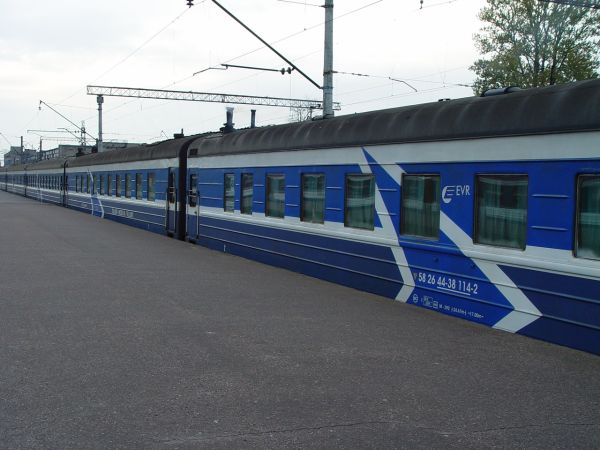
This picture is from 2004 and at those times the international night trains between Tallinn and Moskwa (Moscow) of Russia
were still operated by EVR, Eesti Vabariigi Raudtee, or Estonian state railways. During Soviet times the whole Baltic railways
system was one unit and as Estonia, Latvia and Lithuania suddenly regained their independence, it was just sheer luck what
coaches and locomotives happened to remain in the newly born countries. These are old Russian coaches, but with a new outer
painting. Picture from the Balti jaam station in Tallinn 16.10.2004 by Ilkka Siissalo.
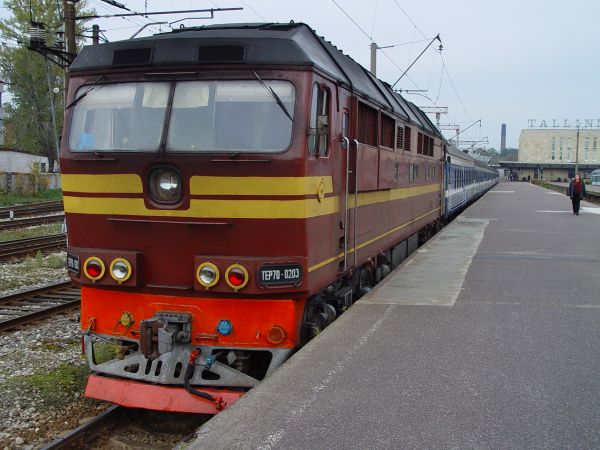
This is the same train as above. Its locomotive, a Russian TEP-70 built by the Kolomna locomotive works is a typical Russian
passenger train diesel locomotive, here also in its typical Russian paintings. But this locomotive was in 2004 not owned by Estonian EVR,
but its new owner was rather the LDZ, Latvian state railways. Estonians had just loaned it to pull the international train as far as
the Russian border at Narva. Picture from Balti jaam station in Tallinn 16.10.2004 by Ilkka Siissalo.
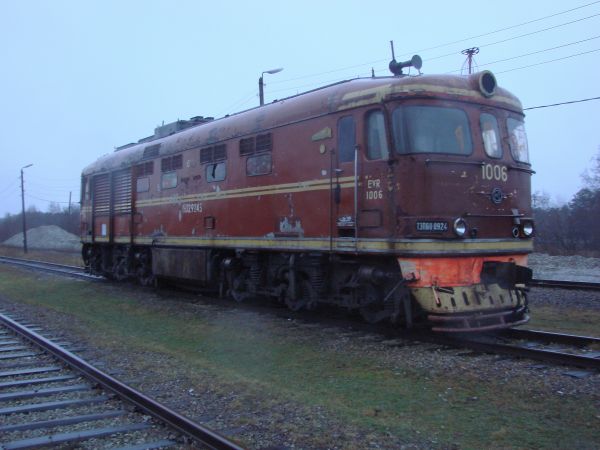
EVR locomotive 1006 used to be the Soviet Baltic railways class TEP-60 no.0924. TEP-60 locomotives were common in passenger
traffic and also used in cargo trains in Estonia at least until the end of the 1990s and some have been photographed in use as late as
1999. This one was left behind at the Haapsalu railways museum. Vandals broke it down almost totally until 2009, but it was fixed and
repainted in 2010 and from 2011 onwards there are again published photos of it in nice condition. It is not an old machine. It was
built in 1980 by the Kolomna locomotive works. It was used for driving fast trains on the Riga-Tallinn, Riga-Minsk and Riga-Moscow
routes during the Soviet times. Its top speed was 160 km/h and it could pull passenger trains of up to 18 coaches long. It was sidetracked
in 1997. This picture is from Haapsalu 4.10.2007 by Ilkka Siissalo.
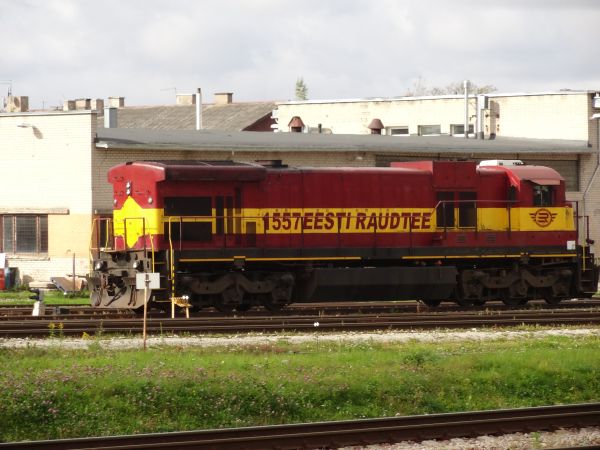
The state of Estonia already once privatised and sold the majority share of state railways. That time the new majority owner was a
businessman from USA with Estonian background. The most visible outcome of that period was the emergence of a large number of US locomotives
which were regauged to 1520 mm broad gauge. This is one of the American GM locomotives. Later on the state of Estonia bought back the
majority share of the railways and since then they have operated under the tradename Eesti Raudtee, Estonian Railways. Picture of a US built
C36-7i locomotive no. 1557 at Tartu station 29.9.2012 by Ilkka Siissalo.
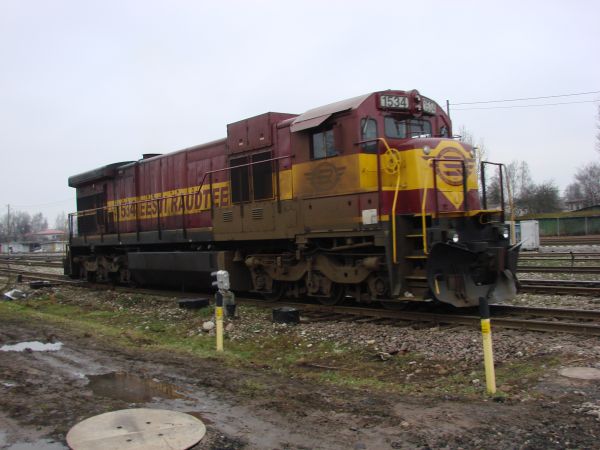
Another one of the American locomotives of Eesti Raudtee, this no. 1534 is another C35-7i. Eesti Raudtee has 53 of them.
Picture 7.12.2007 by Ilkka Siissalo.
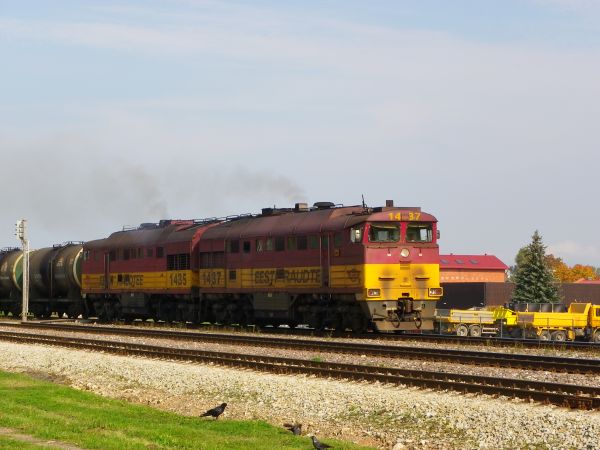
The strongest locomotive type of Eesti Raudtee is still the old Soviet double locomotive type 2TE116, here seen in Eesti Raudtee's new colours.
Picture in Tartu 26.9.2010 by Ilkka Siissalo.
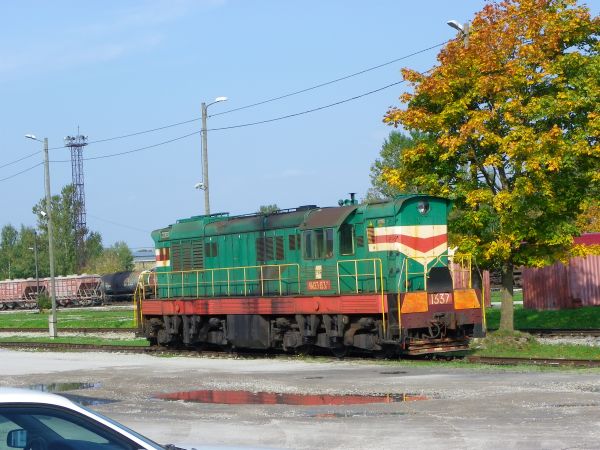
This is a class ChME3 heavy switcher, still in Soviet time colours and with Russian cyrillic lettering texts.
Picture in Tartu 26.9.2010 by Ilkka Siissalo.
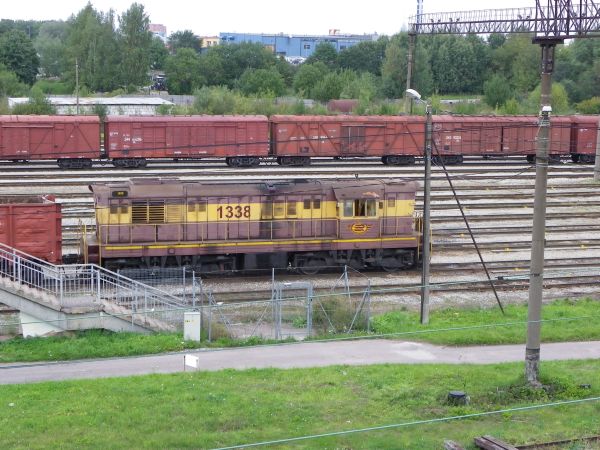
This EVR no. 1338 is another class ChME3 switcher, but it has been painted in the EVR newer pint - although that is already fairly
faded away. Picture from near the harbour of Muuga on the outskirts of city of Tallinn 8.9.2010 by Ilkka Siissalo.
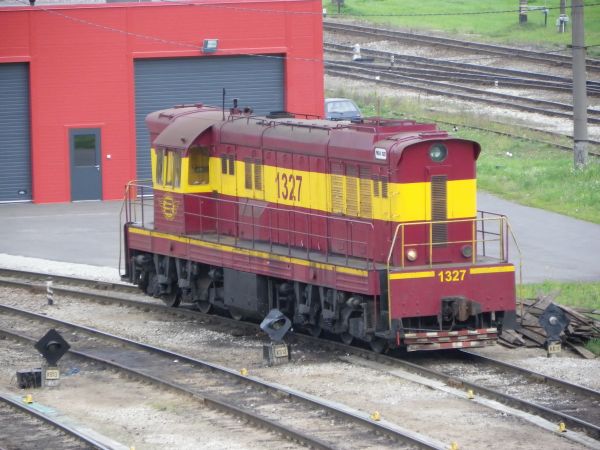
Another ChME3, the EVR no. 1327 at least had a fresher paint. Picture from near the harbour of Muuga 8.9.2010 by Ilkka Siissalo.
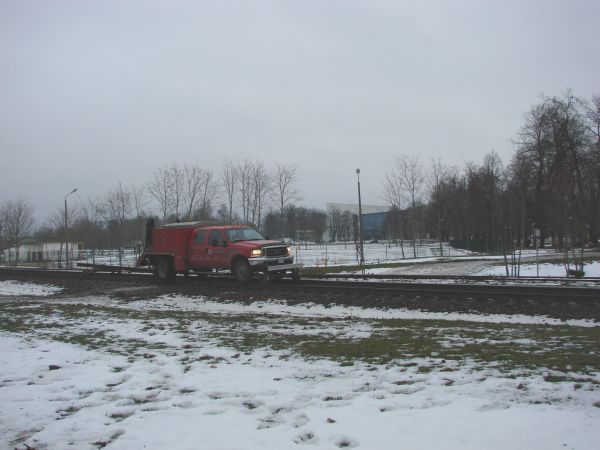
Surely one of the most peculiar "locomotives" of Estonia, this GM built railcar is also a reminder of those times when americans
owned Eesti Raudtee. Here it is hauling a heavy piece of track. Picture in Rakvere 6.12.2007 by Ilkka Siissalo.
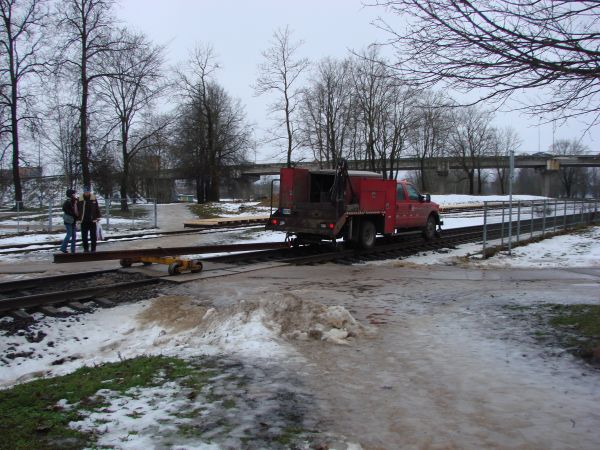
Same railcar seen from behind. Picture in Rakvere 6.12.2007 by Ilkka Siissalo.
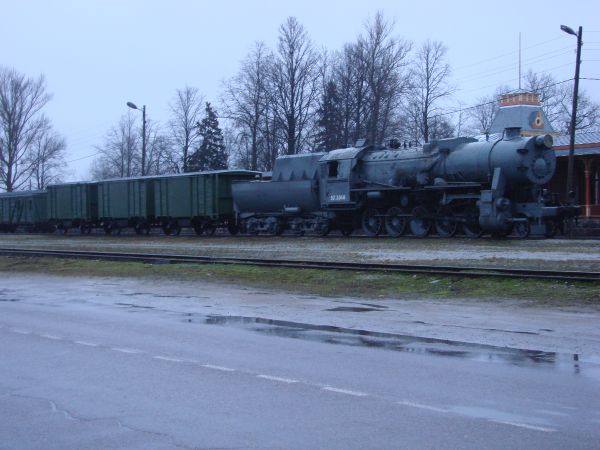
This is the famous Kriegslok or war locomotive Baureihe (class) 52 of Hitler's Nazi army, together with German wagons of the time.
As Hitler's army retreated quickly, huge numbers of locomotives and coaches were left behind. Russians regauged many of them for Russian
1520 mm broad gauge and many of them also received new boilers. More than 2100 Br 52 machines ended up in the USSR. Thus they stayed
in service of communist USSR until late 1970s and for example in Poland the last ones were taken out of service as late as 1999.
Picture at Haapsalu railways museum 4.1.2007 by Ilkka Siissalo.
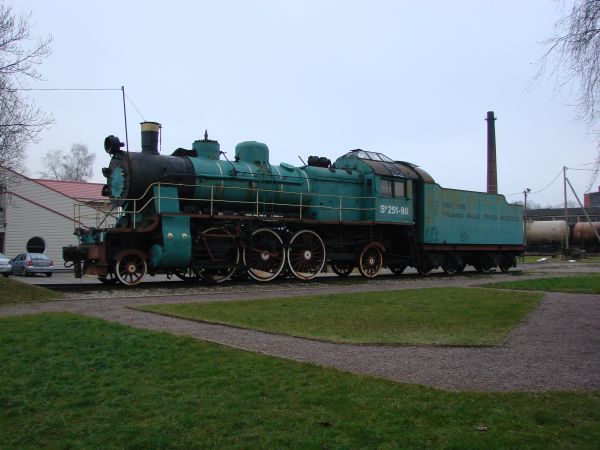
Soviet Russian class SU steam locomotive, which has been raised as a monument in 1999 close to the station of Valga to commemorate
110 years anniversary of the Valga-Pihkova (in Estonian Pihkva, Russian Pskov) railway line. That line unfortunately lost a lot of its importance during
Soviet times as Soviet Russia forcefully annexed large areas of Estonia including the town of Pihkova. Picture in Valga 7.12.2007
by Ilkka Siissalo.
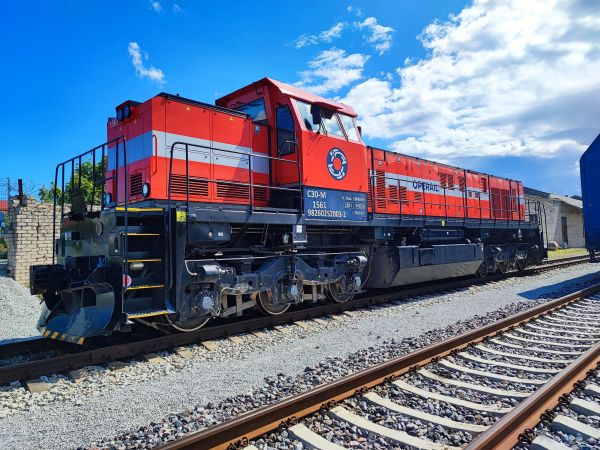
This machine is actually one of the very old American C30 diesel machines, but it has been totally rebuilt. Only the bogies and the undercarriage
are still from the original locomotive, all else is new. It is now designated as C30-M where M stands for modernised. It is also now marked as
belonging to Operail and not anymore to EVR or Eesti Raudtee. Operail is the new name of the cargo part of Estonian state railways.
Picture from Paldiski 21.7.2023 by Markku Salo.
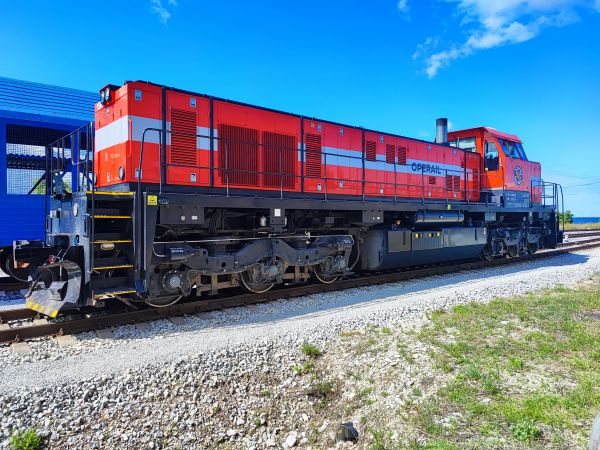
Same locomotive as above, but now seen from the other direction.
Picture from Paldiski 21.7.2023 by Markku Salo.

